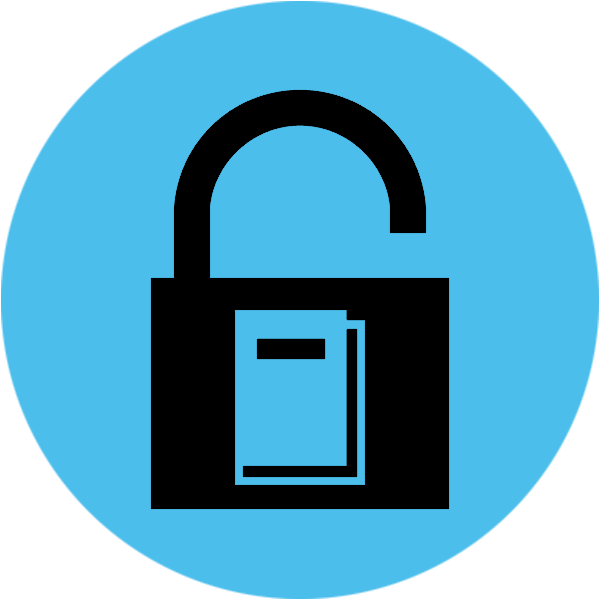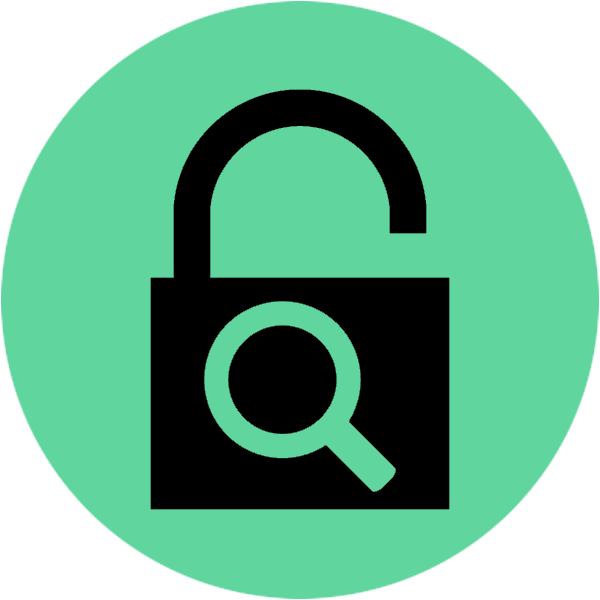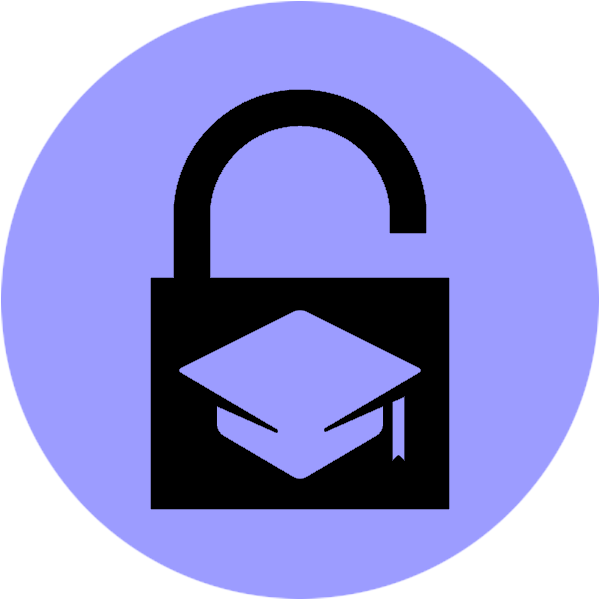3 What is Open Scholarship?
In POSE, we’ll be exploring how open copyright licenses, collaborative practices, and networked technologies have the potential to lower barriers to knowledge by making the processes and products of scholarship more distributed, transparent, and accessible. With roots in democracy, equality, and social justice, open scholarship operates under the assumption that knowledge creation and dissemination should be understood as social practices. In this sense, as Tom Woodward has stated, “Open is a purposeful path towards connection and community,” and the values of inclusion, social impact, and participation are integral to the practice of open”. In recent years, there has also been increased emphasis on open methods to advance the speed, sharing, and integrity of scientific discovery.
Open scholarship is the application of open practices throughout the teaching, learning, research and scholarly environment. Examples of open practices include:
- The use of open copyright licenses that grant permission for others to freely access, reuse, redistribute, or build upon your scholarly work.
- Using networks, web-based tools, and the Internet to facilitate collaboration.
- Making research processes, data, and code transparent in order to increase the reproducibility and accessibility of researc.
- Creating and using educational resources that are free of costs and copyright restrictions in order to lower student costs and access barriers for learning materials such as textbooks.
- Integrating principles of social justice into academic processes in order to make scholarship more equitable and inclusive.
- Engaging in pedagogical practices where learners are creators of knowledge and have agency in their own education.
- Connecting and engaging with communities, networks, and the broader public.
Open scholarship is an umbrella term which encompasses open access, open research, open science, open data, open education, open pedagogy and all other forms of openness in the scholarly and research environment. In POSE, we’ve broken open scholarship into three main units: Open Access, Open Research, and Open Education, which we’ll briefly introduce below.
Open Access

The term open access was first clearly articulated in 2002 in the Budapest Open Access Initiative and in its simplest expression refers to academic research that is freely accessible “on the public internet” (Budapest Open Access Initiative, 2002) and available for the public to “read, download, copy, distribute, print, search, or link to”(2002). Importantly, open Access is a public good, based on the belief that the public, who largely funds education and research, should have broad and unfettered access to the knowledge being produced by the academy. Since the Budapest Open Access Initiative, approaches to achieving open access have proliferated.
Today, multiple forms of open access – Green, Gold, Platinum etc. – provide researchers with a variety of paths and approaches that allow them to achieve varying degrees of openness. While the multiplicity of paths provides necessary flexibility, it has also allowed various stakeholder groups – funders, publishers, governments, universities – to present and promote “lesser, degraded forms of open access” (Budapest Open Access Initiative, 15, 2017) and frustrate attempts to truly transform scholarly publishing. In 2017, reflecting on the 15 year anniversary of the original declaration, the BOAI reiterated its foundational principles and acknowledged that further work would need to be done to “align incentives for scholars to share their work openly and …lower costs related to open access publishing” (2017) if Open Access was to supplant traditional publishing methods. Today, this is where much of the workaround open access is concentrated, not in articulating the public good of open access, but in developing strategies to make it the default method of academic knowledge dissemination. Finally, the values inherent in the open access movement continue to be influential and have come to form a set of foundational principles visible in all areas of open scholarship.
In the Open Access unit, we will explore the history and basic economics of scholarly publishing as well as the value of intellectual property to academics and publishers. We will also define different types of open access and dive into the benefits and challenges that open access brings to scholarship.
Open Research

The sharing of research results, methods, and data is central to scientific practice, and stimulates new forms of communication and collaboration. Today many funding agencies are mandating open access to the outputs and processes of research, accelerating research and learning, and increasing the impact universities can have beyond their walls. Open science and open data work together to further the reach of scientific research outputs. Open science is a “movement which aims to make scientific research, data and dissemination accessible to all levels of an inquiring society” (LERU, 2018). It supports the scientific community and the advancement of scientific discovery by promoting transparency and in turn supporting reproducibility and credibility. Open data focuses on making machine-readable datasets from a primary source accessible within the confines of privacy and cultural protocols.
Transparency is a core value in both open science and open data and refers to open sharing of data, research design, and materials, making it easier to reproduce the evidence derived from research (McKiernan, et al., 2016). Openness in the sciences also seeks to make research outputs comprehensible to a broader public providing the opportunity for scientific research to have applications in non-academic environments (Bartling & Friesike, 2014). The “citizen science movement” creates the opportunity for public participation in research and practical applications supporting the greater reach of scientific outputs.
In the open research unit, we will examine the relationship between open workflows and open software and reproducible research. We’ll also look at the value and importance of open data for enabling research transparency, reproducibility, and innovation.
Open Education

Open education can trace its roots to the the Universal Declaration of Human Rights, adopted by the United Nations 1948, which states “everyone has a right to education.” The seminal 2007 Cape Town Open Education Declaration stated that open education and the use of open educational resources (OER) contribute “to making education more accessible, especially where money for learning materials is scarce. They also nourish the kind of participatory culture of learning, creating, sharing and cooperation that rapidly changing knowledge societies need.” In 2012, the UNESCO Paris OER Declaration [pdf] recommended that governments “promote and use OER to widen access to education at all levels, both formal and non-formal, in a perspective of lifelong learning, thus contributing to social inclusion, gender equity and special needs education.”
Open education thus encompasses a set of practices directed at making the process and products of education more transparent, understandable and available to all people. Open educational resources (OER) are “teaching, learning, and research resources that are free of cost and access barriers, and which also carry legal permission for open use. Generally, this reuse permission is granted by use of an open license (for example, a Creative Commons license) which allows anyone to freely use, adapt and share the resource—anytime, anywhere”. OER creates accessible learning opportunities on a large scale by eliminating cost barriers to educational resources and providing opportunities to adopt, reuse, and adapt resources for sustainable use in classrooms.
In the open education unit, we’ll explore the basic concept of Creative Commons licenses and how they can be applied to educational resources, we’ll discuss strategies for adapting and contextualizing learning materials that have open licenses, and examine the pedagogical benefits and impacts to integrating an open approaches into teaching and learning.
